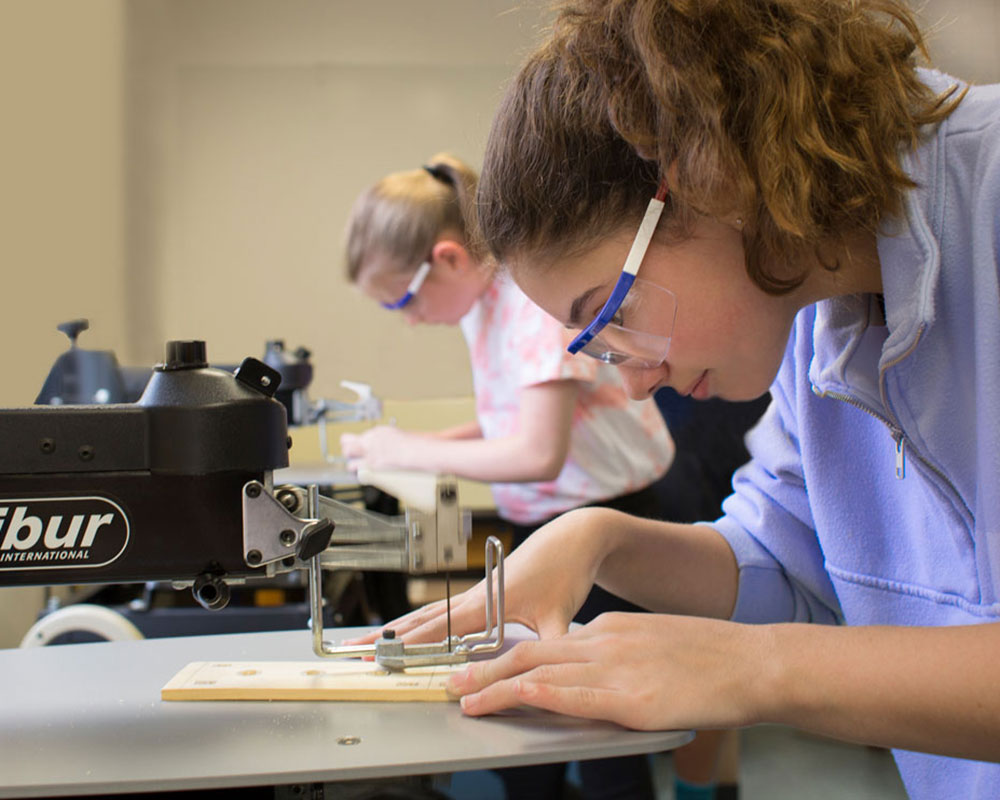The arts are crucial for the education of students, and now during a pandemic, it is more important than ever to keep students engaging in the arts. Teachers at WIS are persevering and doing all they can to keep students doing this.
“A substantial increase in arts educational experiences has remarkable impacts on students’ academic, social, and emotional outcomes,” says the Brookings Institution, a think tank based in DC.
Design Technology (DT) Teacher Lance Baldwin believes that the arts allow students to do something hands-on, rather than at a computer.
“[Art] enables students to do work that is different than the normal course of the school day,” Baldwin said.
Narrative Film Teacher and Film Club Supervisor Michael McCorkle believes that keeping the arts alive is important because it keeps students thinking creatively and allows students to see the world through different perspectives.
“You’re playing a character, whether it’s theater or a movie, you’re being somebody else, you’re looking at the world through their eyes. And when we’re able to live and see other people’s experiences, it allows you to sort of build empathy for other people,” McCorkle said.
When we’re able to live and see other people’s experiences, it allows you to sort of build empathy for other people
Michael McCorkle
However, teachers have noticed that students tend to push arts to the side when dealing with college preparation and academics, especially during the IB Program in 11th and 12th grade.
“I do think we kind of struggle to keep up with some of the core subjects as far as how they are viewed as important or in the culture of the school,” Baldwin said.
There have always been challenges with keeping the arts flourishing. The pandemic, though, has made this even more difficult.
“For 16 years, my teaching has been intensely tied to a room. A room outfitted with computers and power tools and hand tools,” Baldwin said. “All kinds of equipment, electronics, and then all of a sudden, over the course of a weekend, all that disappeared.”
However, Baldwin believes that the pandemic, overall, has impacted his course in a positive way. This is due to the fact that he has adjusted the course to become more “process-based” rather than “project-based”.
“[Their skills] are much more complete and deep now,” he said.
Additionally, Baldwin is very impressed with the ways students have independently come up with designs that relate to COVID, current events or just solving a problem with the resources they have at home -many times using only recycling or trash.
“I never thought my sixth graders could build a craft that would travel the length of a tub with only stored human power. I just thought ‘let’s try it,’ and they all did. Out of trash. That’s kind of incredible,” he said.
To keep the arts alive at WIS, McCorkle is letting students have independence when creating their own films, which allows them to pursue topics that interest them. He also does “craft services”, which means he gives out snacks as a bonus and tries to build community with students in his class or club, as well as other clubs.
“I want them to understand that this is about building community, this is about staying connected. And we’re all in this together,” he said.
So what can WIS do to keep the arts thriving? McCorkle believes that the school needs more platforms to showcase student artwork, especially digital arts and film. This allows students to have something to be proud of and lets the community admire their work. It also may inspire more students to try out arts electives.
McCorkle also suggests to his students that they take his course again next year because he wants them to know that filmmaking looks different under normal circumstances.
“[I’m] just reminding students that, even though this is a reality for now, it’s not going to last forever.”
By Naomi Breuer


































































